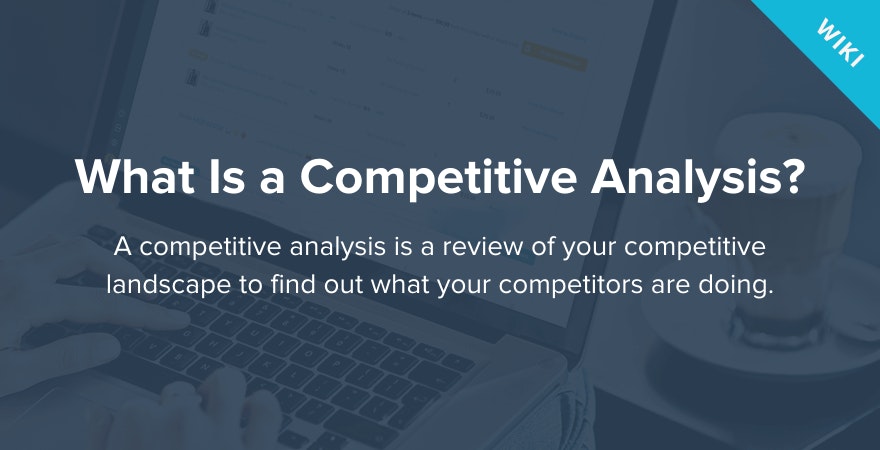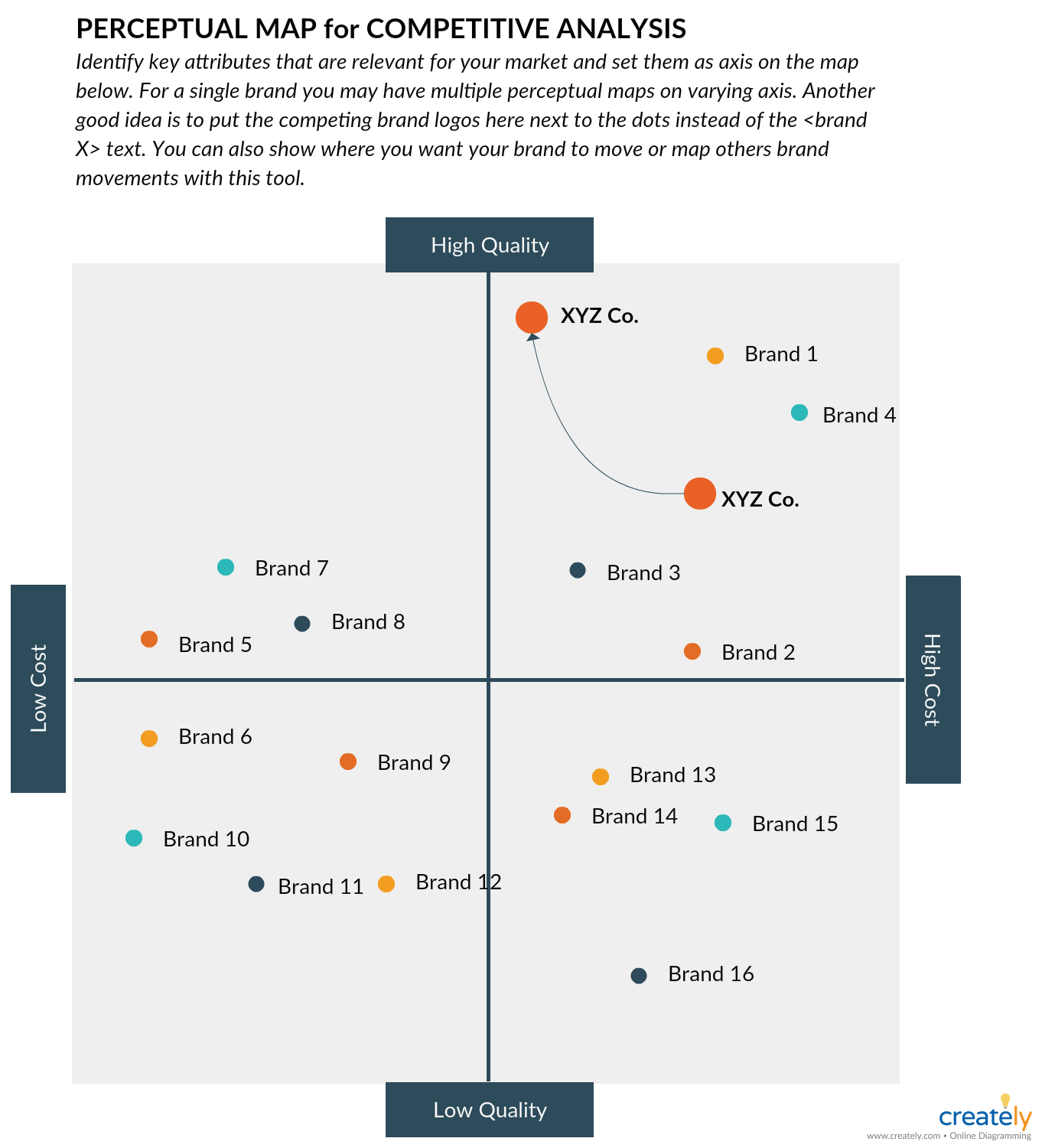
Competitive Analysis



What Is a Competitive Analysis?
A competitive analysis is a review of your competitive landscape to find out what your competitors are doing. The aim is to understand your competitors so you can plan your business activities accordingly. Competitive Analysis’ can help to identify areas where you are lacking or advancing so you can understand where you stand in your industry.
It is so important to do this kind of analysis when you are in a competitive market. This is due to the fact that it is easy to fall behind in terms of marketing and product advancements. Analyzing where you stand in your competitive market will create a blueprint of where you need to be.
→ Click Here to Launch Your Online Business with Shopify
What Are The Types of Competitors?
There are two types of competitors that you need to look at when doing a competitive analysis. These are:
- What is a Direct Competitor: These are competitors that sell the same product or service as you, normally to the same target audience. For instance, you may sell high-end vacuum cleaners to people in the greater New York area. Your direct competitors are other stores that sell the same product in the same area.
- What is an Indirect Competitor: Indirect competitors are those who do not sell the same product as you but their product could satisfy the same need. For instance, indirect competitors for a manufacturer of women’s jeans are manufacturers of skirts and shorts.
How to Do a Competitive Analysis
Doing a competitive analysis can take time but it is so worthwhile. This competitor research can help you understand where you need to be in your industry to be successful. Here are the 6 steps to follow to do an overview competitive analysis.
1. Identify and Categorize Your Competition
Create a list of at least ten competitors, categorizing them in direct and indirect competitors. If you don’t have ten competitors in your area or market, think outside the box. Look at bigger brands that own real estate in your competitive landscape.
2. Research Customer Experience
Start to do a competitors mapping of the customer experience with these companies. Look at their blog and how well they are doing. Is one competitor out-performing all the rest? Are you doing living up to these standards?
Check reviews for each competitor; is the sentiment positive overall? Is there a common complaint across reviews that you can solve with your business? These reviews can come from across Google Maps, Social Media, Yelp or other third-party review sites that are popular in your industry. This competitive analysis and research can help you identify your USP that sets you apart from your competitors.
3. Discover Competitor Market Positioning
Next, you can look at the pricing of your competition. This could be tricky if your competitors don’t show this online. But it is important to know this information so you know if you charge more or less for your business. Your competitor research will give you a good insight into whether a price increase would be acceptable going forward.
Now place all your competitors alongside each other and plan their market position on a simple competitive landscape analysis map.

4. Research Competitor Employees
Based on this competitive landscape analysis map you can begin looking at your competitors hiring trends to understand their next moves. If they just hired more developers maybe they are working on improving their technology. More salespeople could mean a more aggressive push to win market share. If your competitors are filling new positions it could give you valuable insight into their plans for the future.
5. Add Your Business Into the Mix
Now add your business into your competitive analysis map and see which companies you land alongside. Is this what you expected? This activity might lead to you repositioning your brand or striving for bigger things so don’t skip this step. Now you will know which brands are dominant in your marketplace. Furthermore, you know who you need to overtake to start seeing results from all your hard work.
6. Do a SWOT Analysis
Finally do a SWOT analysis to find out your strengths, weaknesses, opportunities, and threats. This analysis will give you insights into your gaps in service and help inform your product roadmap in the future.

What Are The Advantages of a Competitive Analysis?
Competitive analysis’ are a great way to understand your competitive landscape. Without looking at what your competitors are doing you will not know what next steps you need to do to grow your business. Some of these advantages are listed here
Market Gaps
A competitive analysis will show you gaps in your marketplace that you wouldn’t have known otherwise. This gap could be a need for an app to provide certain services that no competitor already provides. Or perhaps customers are asking for add-on services that wouldn’t cost too much to supply. This market gap can be your competitive edge.
Product Development
Similar to market gap, doing a competitive analysis can open your business up to product developments. These are things that you would not have known about otherwise. For instance, a competitor might offer a product to customers that is more advanced than yours. Upon looking at reviews you find that customers are unsatisfied with the performance from this competitor. As you know that superior performance is important to your customers you can short track these developments into your roadmap.
Market Trends
A competitive analysis can also identify a trend in the marketplace toward something that you have not thought about yet. Maybe all your competitors are developing apps for mobile or creating personalized products. In busy environments, many things can pass under the radar that a competitive landscape analysis can bring to the surface. Spending time looking at competitors every quarter can allow you to stay competitive.
Marketing
Looking at the frequency of social media posts and blog articles, email campaigns, and the overall marketing strategies of competitors can introduce new ideas to you. Maybe you hadn’t considered video marketing but your main competitor is getting a lot of engagement through this medium. Or perhaps the way you post on social media is too bland and customers prefer more upbeat content. Every company is different, therefore their marketing will not be the same but you can learn from your competitors.
Pricing Strategy
Finally, your pricing strategy might be great for you right now. But introducing a subscription plan, or a monthly offer could be the way all of your competitors are going. You can make a choice whether to continue with your current pricing or move to a more accepted pricing strategy.


